I found mixed results when trying to find out if Nicaragua is safe.
Some sources say it’s one of the least dangerous places in the world, but the government says to “reconsider traveling here.”
Even in what I found out is supposedly the 10 safest cities in Nicaragua, there are problems.
However, you can still enjoy visiting here in some locations with minimal threats.
Contents
10 Safest Cities in Nicaragua
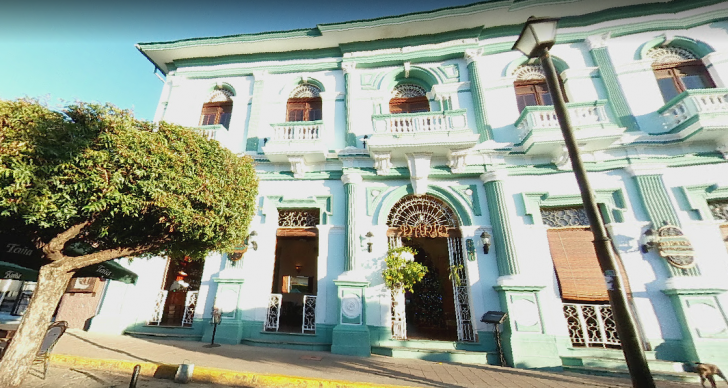
1. Granada
Violent crime rates, such as assault and armed robbery, are rated “low” according to Numbeo.
You also won’t have to worry as much about mugging or robberies, as that risk is low too.
If you bring your car, you won’t have to worry too much about people stealing it.
The overall Granada safety index is approximately 57.61 out of 100.
The major crime you may concern yourself with while here is corruption and bribery.
I take that to mean you won’t have many problems here if you mind your own business.
Just appreciate Granada for what it offers.
For instance, it has its own Central Park, and it even has carriage rides like New York Central Park has.
A historic site you might appreciate is the Old Railway Station. Of course, it also has 73 kilometers (45 miles) of beaches.
Some places you’ll find coastal relaxation spots in Granada include Almuñécar, Motril, La Herradura, and Salobreña.
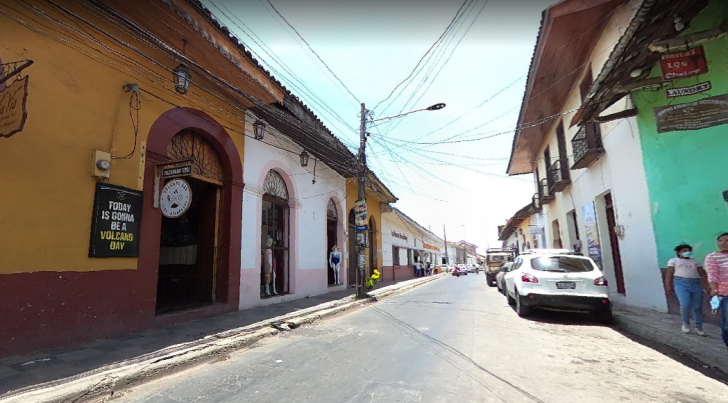
2. Leon
The safety index in Leon is lower than in other locations, including Granada.
However, you won’t have to worry about physical attacks because of your ethnic origin, religion, gender, or skin color.
The crime rate for this specific offense is near zero (very low, 5%).
People come to Leon, Nicaragua to enjoy both the active downtown life and the beaches.
For example, you can shuttle to Las Peñitas and Poneloya coastal locations and back.
This area also has the Illiom Club, Hotel Santa Rosa, and La Esquina.
At these nightclubs, you can enjoy dining and entertainment.
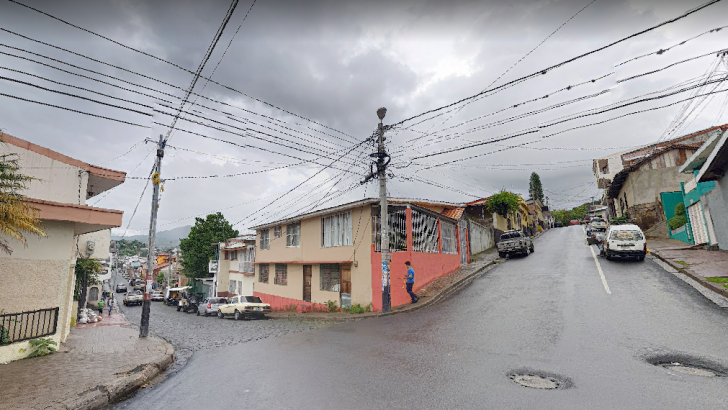
3. Matagalpa
I included Matagalpa because it’s a popular destination and a capital city with a history you can’t avoid.
After further review, I recommend The Aquila Biological Farm right outside of the city, which one visitor regarded as “lovely and clean and safe.”
It’s only about a 15-minute walk from the city center.
I’m not sure how crime-free the Mirador El Calvario and Cerro Apante lookout points are.
However, my experience with nature is that it seems that fewer crimes occur in them than in densely populated areas.
As long as no one has the motive to hurt you, you should be fine here.
Aside from that, the Matagalpa safety index measures about 65.69 out of 100, which means a high percentage of crime occurs here.
Physical attacks because of how you worship/what you believe and your gender are very low (15%) though.
You also don’t have to worry as much about violence because of your ethnic origin or skin color either.
This area, for some reason, also doesn’t like to insult people.
Violent crimes are fairly low (35% of 100).
Muggings, robberies, and car thefts do occur, but the likelihood is at least fairly low (35%).
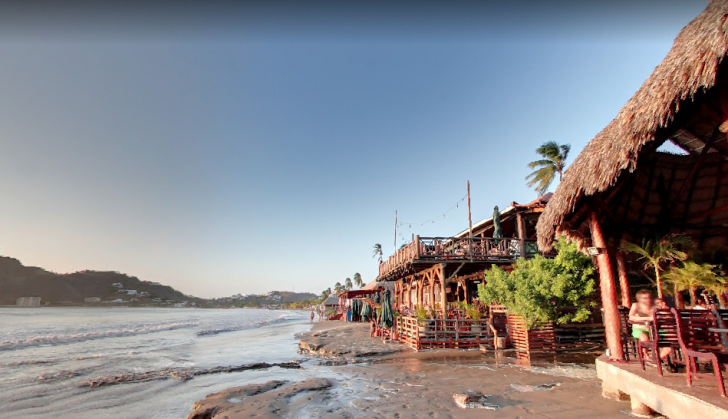
4. San Juan del Sur
Where there are people, there’s always bound to be some crime.
However, there’s also some chance of safety in numbers.
Never go anywhere alone if at all possible.
Never fear asking for help if you need it either.
If you are traveling solo, keep a distance from people, and don’t underestimate your instincts about who to trust.
There’s nothing wrong with making new friends, but don’t go anywhere alone with anyone you’re not sure you know that well.
If you want to stay safe in San Juan, stick with the simplest activities.
For instance, I have seen pictures of the sunset on the beach.
However, note that other people who have been to this location’s beach will suggest traveling by motorbike away from town to another beach.
I don’t know which ones are the safest, but here’s a guide on some of the best ones.
That’s one place I’d like to be instead of a crowded nightclub, although I do admit to having been out dancing a time or two in my life too.
If I were to go to a bar these days, it would be to sing karaoke, which I love to do.
You can do that at Dorado’s Bar & Grill
Other bars, such as the El Timon, or the Carreta Bar, play live music.
I did find out, however, that most of the entertainment takes place right on the beach, so look there for a show.
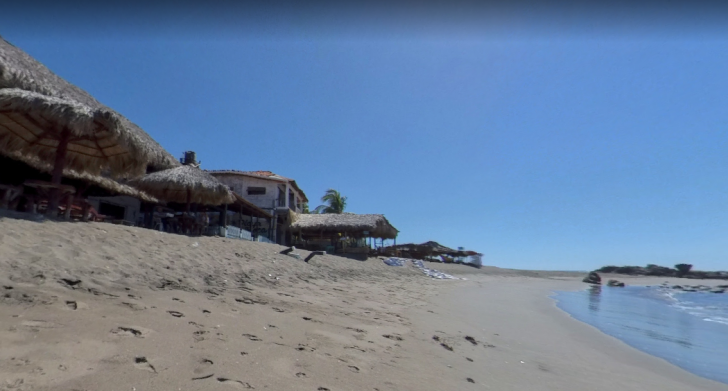
5. Las Penitas
Las Penitas sounds like a nice place according to the way I just had it described to me.
Dusty Roads describes it as a place for people who aren’t a fan of staying in urban centers.
It’s quieter here than in Leon, so it may work for you.
Quiet doesn’t always mean less crime.
However, I would typically take a chance on a small community like this.
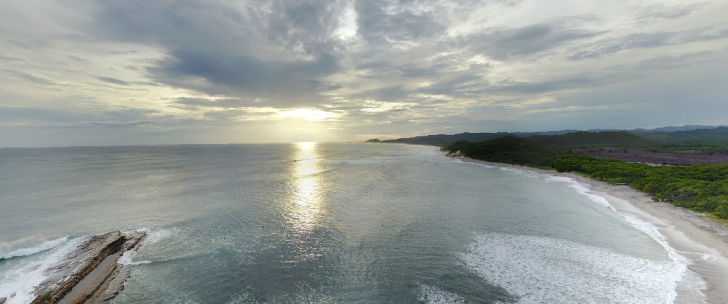
6. Popoyo Beach
Popoyo Beach has earned a reputation for its “best surfing” spots, at least unofficially.
I wouldn’t suggest going to some of this location’s shores past sunset by yourself though.
You won’t find many lights in some locations.
If you’re with a group that feels adventurous, you might need a flashlight.
Don’t bring your phone down to the beach though, if you don’t want to risk theft.

7. El Transito
Located about an hour’s drive from Managua, El Transito is considered an “innocent, safe, and wholesome” community.
That’s what the Nicaragua Initiative for Community Advancement (NICA) says about it.

8. The Corn Islands
The Corn Islands sound to me like one of the safest places you can visit in Nicaragua.
Little Corn might have more violence on it than Big Corn.
I suggest looking at where you’re going and planning your visit according to local safety maps.
What’s more, be careful with whom you share your GPS location.
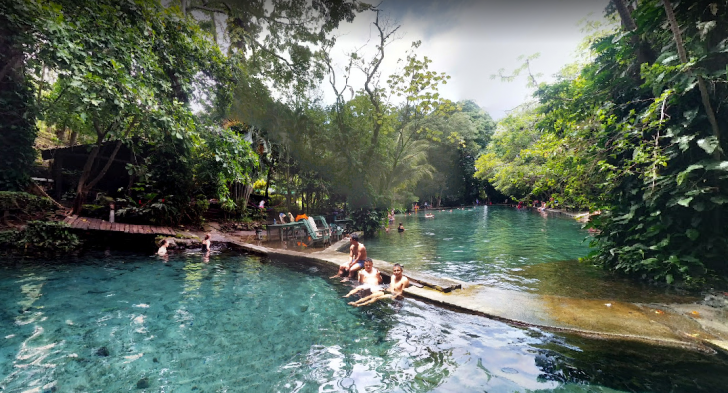
9. Ometepe Island
Ometepe Island is known as one of the safest places to swim in Nicaragua.
It may seem more remote than some travelers prefer.
I personally don’t mind a secluded spot at least temporarily.
I eventually would like to return to civilization, however.
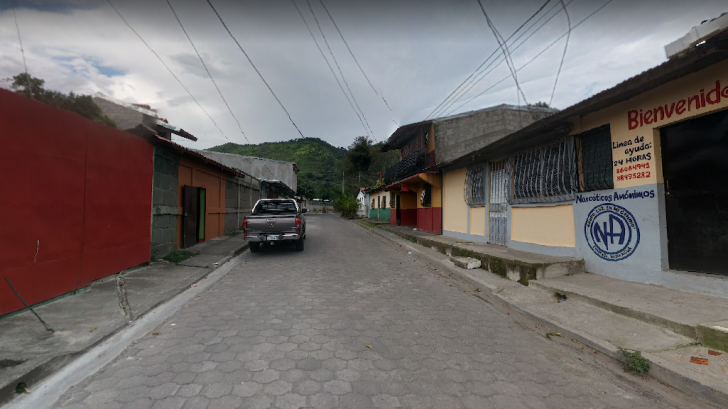
10. Jinotega
It has quite a few hiking trails around it.
For instance, you could try out the Cordillera Isabelia, a nature preserve, or the Pena De La Cruz, a mountain that reaches 800 meters.
Apparently, the “most adventurous time” to visit Jinotega is December through February.
5 Safety Tips for Traveling to Nicaragua
Much of the Nicaragua travel safety advice pertains to the land and using safety when in remote areas.
It’s to avoid injuries from accidents in most cases. You can heed these instructions in open areas too.
1. Don’t hike on volcanoes or remote areas alone.
One area you shouldn’t explore by yourself is the North Atlantic Autonomous Region (RAAN).
It’s quite remote.
Even dormant volcanoes can erupt at any time, so beware.
Whether dormant or not, you probably have heard of the Masaya volcano.
Visitors do not seem to have much of a problem accessing this one but stay alert.
Whether it be that one, San Cristobal, or another, be careful.
Attend guided tours if you’re traveling alone.
2. Beware of remaining landmines.
Nicaragua has dismantled some of the landmines that used to occur in some rural locations.
Regardless, it’s best to still use caution when veering off primary driving routes.
Some may still exist in certain locations.
3. Avoid traveling after dark if at all possible.
Armed groups may show up when you least expect it.
That’s one reason.
Some roads also don’t have street lights between the larger cities.
Small towns may have streetlights, but they’re not as bright as in the main metro areas.
Overall, road conditions in Nicaragua are also poor.
People often ignore traffic signals too.
Watch out, and driving with alcohol in the system is also common here too.
4. Swim in dangerous waters at your own risk.
Some of Nicaragua’s beaches don’t have signs warning people of the strong coastal winds.
You’re on your own when participating in swimming or water sports here.
I wouldn’t bother if I were you unless you’re trained to watch for danger like the Coast Guard is.
5. Use life preservers if you do swim.
If you hear of a designated swimming area that people call “safe,” use a life preserver anyway.
You can never be too sure.
Nicaragua Safety Overview
READ THE FULL REPORT: Nicaragua Safety Review
Safety Index: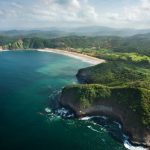
- OVERALL RISK: MEDIUM
- TRANSPORT & TAXIS RISK: MEDIUM
- PICKPOCKETS RISK: HIGH
- NATURAL DISASTERS RISK: MEDIUM
- MUGGING RISK: HIGH
- TERRORISM RISK: LOW
- SCAMS RISK: HIGH
- WOMEN TRAVELERS RISK: MEDIUM
Frequently Asked Questions
What cities should you avoid in Nicaragua?
Unfortunately, I found out that many sections of Managua aren’t safe.
If you want to visit because of this location’s history and culture, I suggest an organized walking or riding tour when walking around this location’s metro areas.
Is Nicaragua a safe country overall?
Tourism safety is quite high.
That’s because you don’t have to deal with corrupt people if you’re not there every day.
Not everyone is “bad” here though.
Just be careful who you talk to and associate with (like I already said before).
Is any part of Nicaraqua’s capital city safe?
You won’t have much of a problem near most tourist landmarks.
Guided tour groups can provide you with extra security.
In any case, use common sense and watch who you associate with if you veer away from typical tourist activities in Managua.
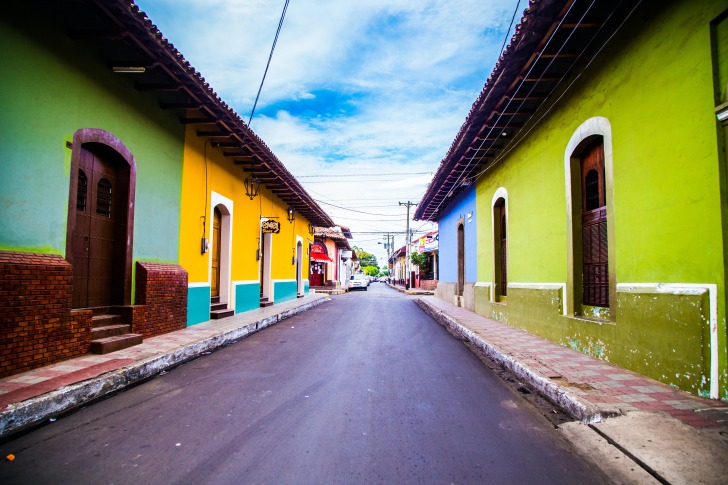
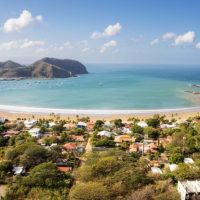

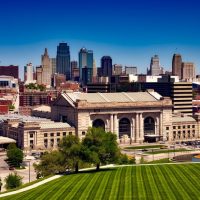
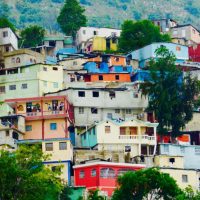
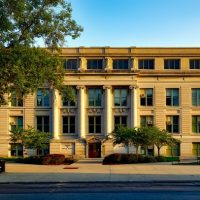
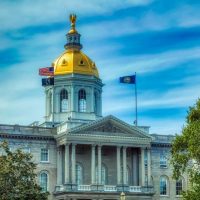





i lived in san juan del sur for about 10 years. no problems.
I use the airport in liberia. CR. I don’t go to Managua.
Nicaragua may have some safety concerns, but there are still many enjoyable and safe places to visit, as long as you use caution and common sense in your travels.
Granada is a hidden gem and it is a safe place too. I spent a week there and was impressed by the place and friendly locals, making it a top choice for travelers.
Masaya is often overlooked, but it’s one of the safest cities I’ve explored in Nicaragua. The markets and cultural sites felt secure, and I enjoyed the authenticity of the local experience.
Managua has its charm, and safety was never a concern during my stay. The city’s efforts to enhance security make it an increasingly popular destination for those looking to discover Nicaragua.